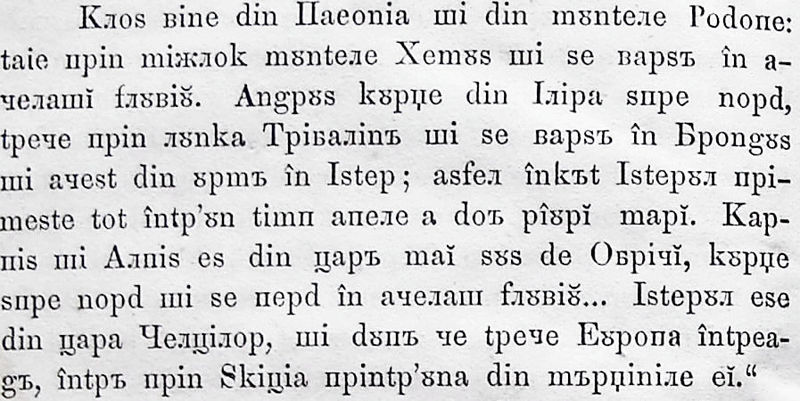Romanian, a Romance language spoken primarily in Romania and Moldova, has a rich and nuanced syntax. Understanding the syntactic structures of Romanian provides insights into its grammar, sentence construction, and overall linguistic framework. In this blog, we explore various aspects of Romanian syntax, including word order, verb conjugation, noun-adjective agreement, and more.

Basic Word Order
Romanian generally follows a Subject-Verb-Object (SVO) word order, similar to English. However, Romanian syntax is relatively flexible, allowing for variations based on emphasis and context. Here are some examples:
| English | Romanian | Literal Translation |
|---|---|---|
| The cat eats the mouse. | Pisica mănâncă șoarecele. | Cat eats mouse. |
| The mouse is eaten by the cat. | Șoarecele este mâncat de pisică. | Mouse is eaten by cat. |
Verb Conjugation
Verbs in Romanian are conjugated to reflect tense, mood, person, and number. The present tense conjugation of the verb "a fi" (to be) is shown below:
| Person | Romanian | English |
|---|---|---|
| 1st person singular | eu sunt | I am |
| 2nd person singular | tu ești | you are |
| 3rd person singular | el/ea este | he/she/it is |
| 1st person plural | noi suntem | we are |
| 2nd person plural | voi sunteți | you (plural) are |
| 3rd person plural | ei/ele sunt | they are |
Noun-Adjective Agreement
In Romanian, adjectives agree with the nouns they modify in gender, number, and case. Here are some examples:
| English | Romanian | Literal Translation |
|---|---|---|
| The big house | Casa mare | House big |
| The big houses | Casele mari | Houses big |
| The big dog | Câinele mare | Dog big |
| The big dogs | Câinii mari | Dogs big |
Definite and Indefinite Articles
Romanian uses both definite and indefinite articles, which must agree with the noun in gender, number, and case. Here is a brief overview:
| English | Romanian (Indefinite) | Romanian (Definite) |
|---|---|---|
| a man | un bărbat | bărbatul |
| a woman | o femeie | femeia |
| some men | niște bărbați | bărbații |
| some women | niște femei | femeile |
Complex Sentences
Romanian allows for the construction of complex sentences using conjunctions and relative pronouns. For example:
| English | Romanian | Literal Translation |
|---|---|---|
| I know that she is coming. | Știu că ea vine. | Know that she comes. |
| The book that I read is interesting. | Cartea pe care o citesc este interesantă. | Book that I read is interesting. |
Questions and Negations
Forming questions and negations in Romanian involves certain syntactic structures. For questions, the word order often changes, and for negations, the particle "nu" is used before the verb:
| English | Romanian | Literal Translation |
|---|---|---|
| Do you speak Romanian? | Vorbești românește? | Speak Romanian? |
| She does not eat meat. | Ea nu mănâncă carne. | She not eats meat. |
In conclusion, the syntax of the Romanian language is characterized by its flexibility and complexity. Understanding its structure, from basic word order to complex sentence construction, provides a deeper appreciation of this beautiful Romance language.

